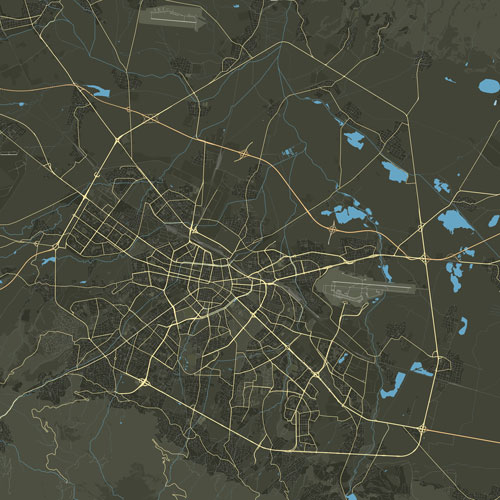For decades, from the depths of the sea near the city of Sozopol and the adjacent islands, underwater archaeological expeditions have unearthed countless objects that convincingly resurrect the past of one of the most notable
the residential settlements along the Bulgarian Black Sea coast, which in antiquity was so powerful and significant that it was called Apollonia Magna /Great/.
The city was landscaped and protected by strong fortress walls. The central square, which was probably then on today’s island of “Saints Saints Cyric and Julita”, was decorated with statues of deities, among which the ancient authors mention the imposing 13-meter bronze sculpture of Apollo. In 72 BC, however, the city was captured by the legions of Marcus Lucullus, who destroyed the walls, burned the city and carried off the famous statue.
The collections of the archaeological museum in Sozopol, established in 1961 in the building of the “St. Cyril and Methodius” church provided by the Holy Synod, testify to all this and many other important periods and facts. From August 1978, for the same purpose, rooms were provided to the museum in the Cultural House of the city.
Its riches are exceptional: materials from prehistory, antiquity and the Middle Ages are presented, tracing the development of the material and spiritual culture of the population that inhabited the territory of the city and the municipality from the 5th-4th millennium BC to the 17th century. In the water area of the port, archaeologists found remains of primitive dwellings, stone and bronze implements and ceramic vessels. During the Early Iron Age, the area came under the rule of the Thracian tribe Skyrmians.
They were not only miners, but also good navigators, who maintained contacts with Mycenaean Hellas. The miniature sculptures and the stone anchors, the collection of which is the largest in the world, are mostly from that time. There are also numerous exhibits from the greatest flourishing of the city-state of Apollonia Pontica, which at the end of the 6th century BC began minting his own coins. On them, along with the images of Apollo and the Gorgon-Medusa, the anchor appears again, which is also the present-day symbol of Sozopol. The museum’s extremely rich collections of amphorae, black- and red-figure ceramics are mostly from this period.
The necropolises from the pre-Roman period were outside the city walls /in the Sea Garden, the “Harmanites”, “Budzha-ka” and “Kalfata” areas/, and the nearby hills are dotted with burial mounds, in which numerous ancient Greek painted vases were found , sepulchral reliefs and ceramic statuettes of inestimable value.In addition to the Sozopol Archaeological Museum, a large part of the objects found in Apollonia can be seen today in the National History Museum, and some of them even in the Louvre, the Hermitage and Pergamon museum. Of course, the museum also exhibits quite a few finds from the time when Sozopol was a possession of Bulgaria /mostly coins with the face of Tsar Ivan Alexander/, and from the period when it became a possession of Byzantium. Special attention is also separated from the Christian art of the 17th-19th centuries.
Work time:
June – September:
8:30 – 18:00, (no day off.)
October – May:
8:30 – 12:30 and 13:30 – 17:00 (holidays – Saturday and Sunday.)
Entrance fees:
Individual ticket for adults – 7.00 BGN;
Individual ticket for students up to 26 years old and pensioners – 3.00 BGN;
Entrance for groups of more than 6 people – 6.00 BGN;
Family visit (two adults with children) – 10.00 BGN;
Talk – BGN 10.00;
Talk and tourist tour “Old Town” Sozopol – BGN 30.00
Contacts:
Address: town Sozopol, “Khan Krum” square #2
Tel: +359 550 22226

